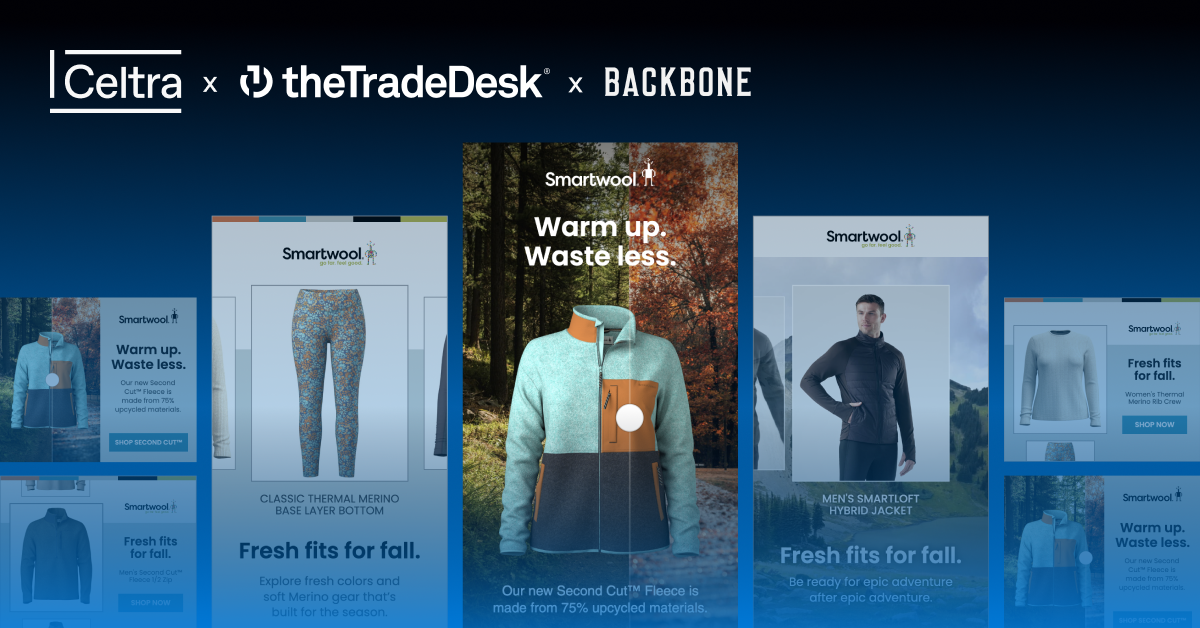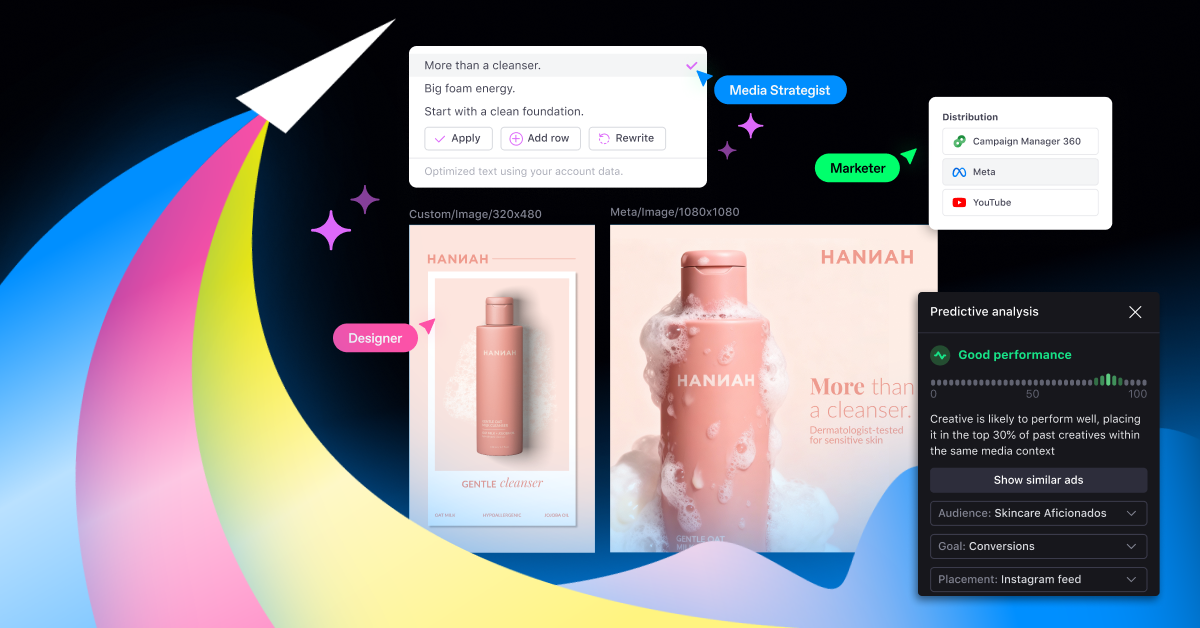Brand-Side is our new podcast series designed for the creative community. We’ve partnered with the world’s leaders in marketing, creative operations, and design to get an insider’s look at agency and in-house life, and how creative stories are turned into impactful campaigns. We kick off our pilot episode with Paulie Dery, VP Brand Strategy & Creative at YETI. Dery’s antipodean roots brought him from his hometown in Sydney to New York City, and he is now based in Austin, where he leads the creative and brand team in its Texan headquarters.
YETI is a premium cooler brand for the outdoor enthusiast, built for performance and designed to complement any leisure activity you could think of – from outdoor entertaining, camping in the wilderness, fishing expeditions, through to tailgate season. Our own Eli Chapman, Senior Vice President of Sales and Marketing, leads the conversation, where we learn more about Dery’s transition from the agency side to leading in-house teams, and how creative automation plays a pivotal role in keeping teams agile and responsive to change even in the toughest of circumstances.
How Did YETI Quickly Shift Gears Last Minute Without Skipping a Beat?
Dery’s transition from agency to brand side is an eye-opening journey – made easier by his time at Uber, where he spent a few years as a Creative Director. In this world, a single idea can be actioned almost immediately as long as there’s alignment behind it – but “[those] nights of decks, or tweaking or massaging” are long gone. This was brought to light during Father’s Day and the holidays – traditionally the biggest days for the YETI team or, as Dery coins, “the outdoor world’s Superbowl”. Insights from some recent data mining meant that the team had to quickly pivot their campaign strategy in real-time, only two to three days out beforethe launch date:
“The media landscape is tentacled all over the place. We’ve got wholesalers who have an online presence where we send assets to. We have our programmatic buying, we have a raft of paid social – all the channels have been loaded with the deal. But with in-house and platforms like Celtra, you can make very fast changes and your team is onboard. Within 24 hours, we had redelivered and sent off all new assets to Canada and across international borders.”
Why Brands Should Consider Creative Automation as a Marker of Success:
Creative automation not only facilitates last-minute tweaks but also streamlines the creative process and improves the overall well-being of the in-house ecosystem rather than relying on an agency to turn around these changes. These often come with hefty price tags and require them to follow their own internal processes to make it happen. Ultimately, as Dery explains, this “damages the [client-agency] partnership…which is the side effect of quick changes. These quick changes are inevitable and are a part of any great business, so that they can see something and react quickly. The fact that our creative team is fast and ‘gets it’ and understands what to do to get it done makes the business better…and is the KPI that the creative team [is measured against].”
Chapman finishes off the interview with some quick hitters, one of which rings true to the nature of creative automation. He asks Dery about his secret sauce for succeeding in in-house teams: “The ones that stand out most are the in-house agencies that can help an agency get better work made and lead the way through the mess and many layers on the brand side and show them how to get great work—this is the next frontier.”
This is but a teaser into an insightful conversation with a global brand leader. Are you thirsty for more (no more coolers puns after this, we promise)? Tune into the full interview here and send us a note at marketing@celtra.com anytime if you have any feedback or questions or if you have someone in mind who would be a great in-house guest for the series.






